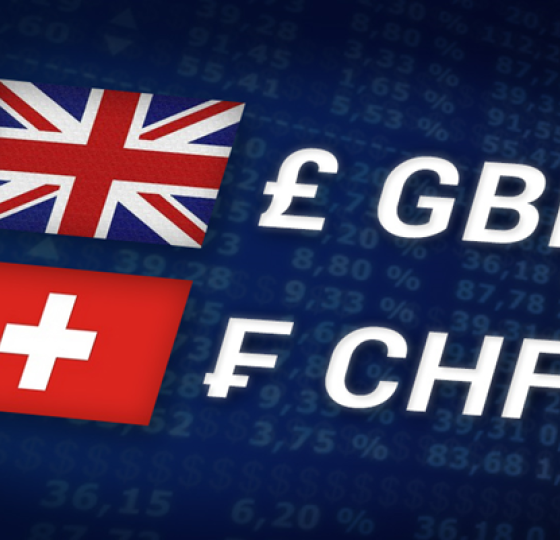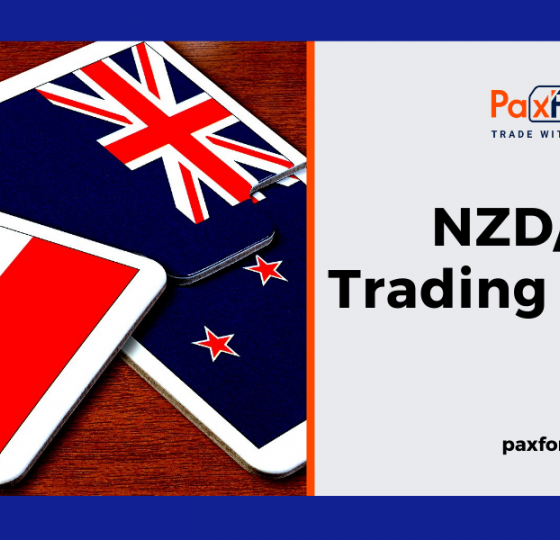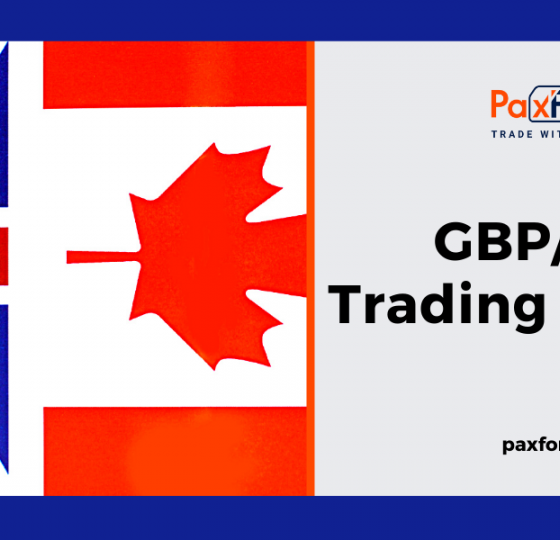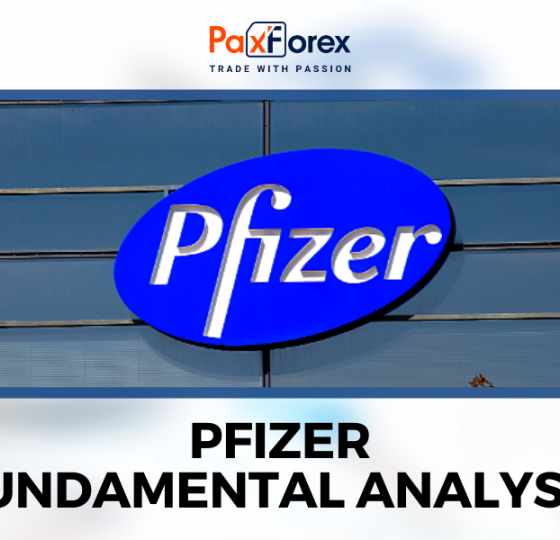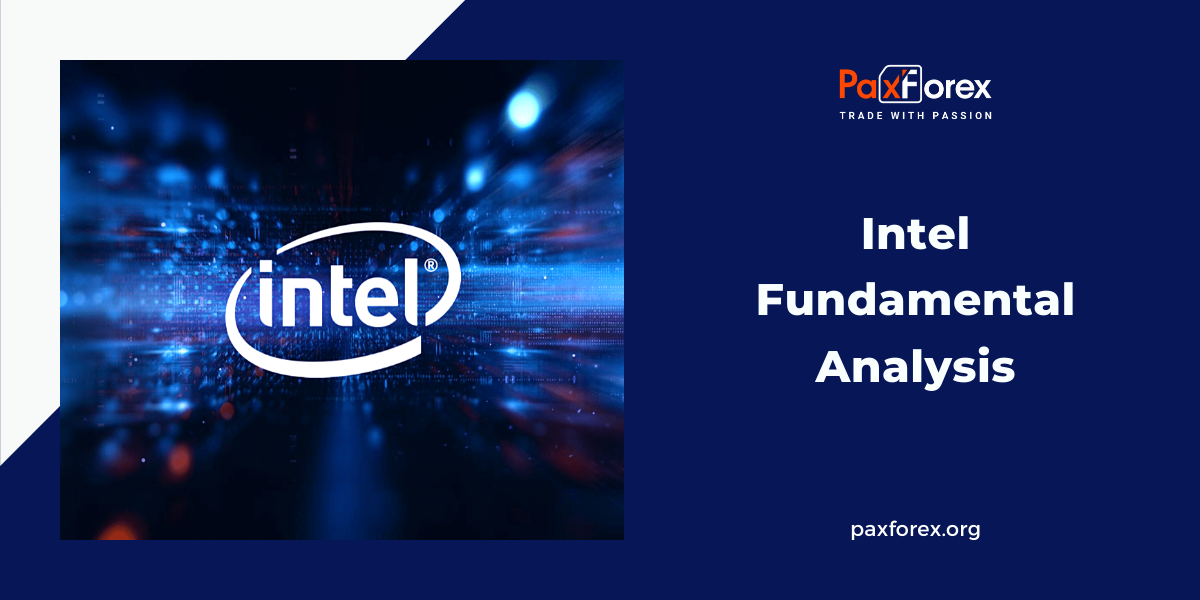
Source: PaxForex Premium Analytics Portal, Fundamental Insight
Intel is in the process of regaining the manufacturing leadership it lost four years ago to competitors like Taiwan Semiconductor Manufacturing, commonly known as TSMC, and Samsung, and judging by Mercury Research's latest market share data, the process is well underway.
Let's take a look at Intel's progress and see why the tech titan is now in a strong position for its comeback.
According to Mercury Research, at the end of 2021, Intel controlled 74.4 percent of the x86 processor market, with Advanced Micro Devices holding the rest. This is not a good picture for Intel, as it had 78.3% of the x86 processor (central processing unit) market in Q4 of 2020.
AMD's market share growth last year was driven by the company's success in server processors, where major tech players are using its chips. The chipmaker ended the Q4 of 2021 with a 10.7% share in server processors, up from 7.1% the previous year. However, Intel made a difference in the desktop processor market, ending the fourth quarter with a share of 83.8 percent, up from 80.7 percent at the end of the fourth quarter of 2020.
Progress was also seen in the notebook processor market, where Intel controlled 78.4% in the fourth quarter of 2021, up from 78% in Q3. It signifies that the company was able to contain AMD's growth in the notebook processor market.
The reason Intel is gaining share in the desktop and laptop processor market is because of the Alder Lake chips, which have helped it close the technology gap with AMD. Due to Alder Lake, Intel has also regained its video game crown. Moreover, third-party comparison tests show that Intel's new processors are not only more powerful than their AMD counterparts but are also attractively priced.
Not surprisingly, Alder Lake processors are among the best CPUs for gaming. This seems to have tipped the tide in Intel's favor in the client processor market, where Alder Lake processors are being adopted at a fantastic pace. According to the company, Alder Lake processors are used in more than 140 models in 30 countries.
Intel CEO Pat Gelsinger said during a conference call about the company's quarterly report that they plan to continue to gain momentum with the release of Raptor Lake client processors this year. This indicates that the chipmaker intends to wrest more market share from AMD as Raptor Lake processors are expected to feature some improvements such as larger memory caches, more energy-efficient cores, and record boost frequencies.
The Raptor Lake processors will be followed by Intel's Meteor Lake products, which will be based on the Intel 4 process technology, which uses a 7-nanometer (nm) manufacturing node. This should help the company maintain its edge over AMD, which is expected to release its Zen 4 5nm processors by the end of 2022.
Intel has an advantage over AMD in processor density, which means they ideally contain more transistors than their AMD counterparts. As a result, they are more powerful and efficient. All of this indicates that Intel can continue to suppress AMD's resurgence in the customer processor market and take more share from its smaller competitor and help the semiconductor giant breathe life into its largest business segment, the Client Computing Group (CCG).
Intel's CCG generated $40.5 billion in revenue last year, just 1 percent more than the previous year. This segment accounts for 54% of Intel's 2021 annual revenue of $74.7 billion. Thus, growth in this segment could significantly increase the chipmaker's revenues.
It's worth noting that Intel's CCG had a few positives last year, despite its low revenue numbers. First, the company's desktop processor sales were up 8 percent last year, and average selling prices (ASPs) were up 3 percent. It's worth noting that ASPs were up 11% year-over-year in the last quarter of the year, thanks to the launch of Alder Lake.
Second, Intel's notebook processor volumes were up 8% year-over-year, while ASPs were down 6% for the full year. However, the fourth quarter of 2021 saw significant year-over-year growth of 14% in ASP for notebook processors. In the future, the notebook processor business could add dramatically, as Intel has recently released Alder Lake-based gaming notebooks.
Thus, it wouldn't be surprising if Intel ends 2022 with a higher growth rate than the flat numbers that analysts expect. We shouldn't rule out the possibility of Intel gaining more market share against AMD, so investors looking to invest in a potential turnaround play should take a closer look at Intel, as it is trading at just 10 times its trailing earnings.
As long as the price is below 50.00, follow the recommendations below:
- Time frame: D1
- Recommendation: short position
- Entry point: 47.51
- Take Profit 1: 44.00
- Take Profit 2: 42.00
Alternative scenario:
If the level of 50.00 is broken-out, follow the recommendations below:
- Time frame: D1
- Recommendation: long position
- Entry point: 50.00
- Take Profit 1: 53.00
- Take Profit 2: 55.00


